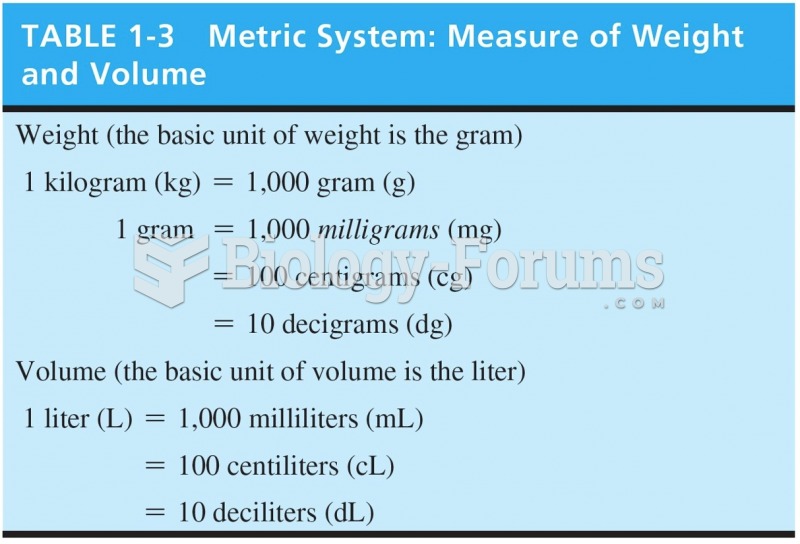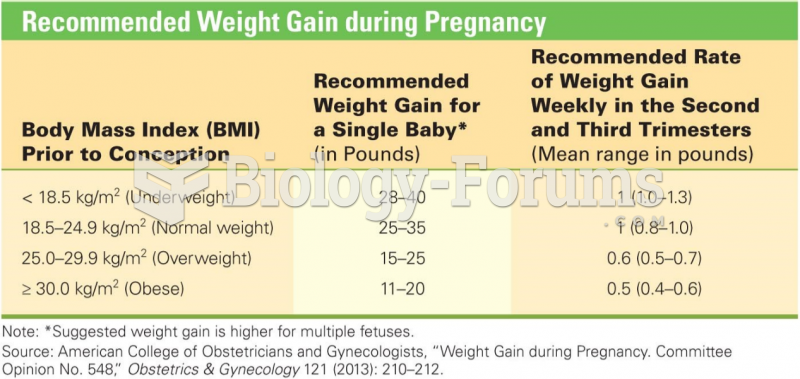Answer to Question 1
Correct Answer: 2
Rationale 1: Leptin would cause a decrease in body mass index.
Rationale 2: Leptin is not used for weight loss, because obese individuals develop a resistance to the effects of this substance.
Rationale 3: Leptin is not given as a supplement and would not be necessary for an individual with normal weight.
Rationale 4: Leptin is a substance produced in the body and does not cause nephrotoxicity.
Global Rationale: Leptin is not used for weight loss, because obese individuals develop a resistance to the effects of this substance. It is not administered to those of normal weight and has no effect on nephrotoxicity. Leptin would cause a decrease in body mass.
Answer to Question 2
Correct Answer: 4,5
Rationale 1: The degree of satiety is directly recognized by a region of the hypothalamus known as the satiety center.
Rationale 2: Hunger occurs when the hypothalamus recognizes the level of glucose or hormone in the blood.
Rationale 3: Receptors for leptin are located in the hypothalamus.
Rationale 4: Located in the hypothalamus, neuropeptide Y (NYP) is associated with increase in appetite.
Rationale 5: Leptin receptors of clients who are obese are thought to develop a resistance to the satiety effects.
Global Rationale: Located in the hypothalamus, neuropeptide Y (NYP) is associated with increase in appetite. Leptin receptors of clients who are obese are thought to develop a resistance to the satiety effects. The satiety center is in the hypothalamus Hunger occurs when the hypothalamus recognizes the level of glucose or hormone in the blood. Receptors for leptin are located in the hypothalamus.







